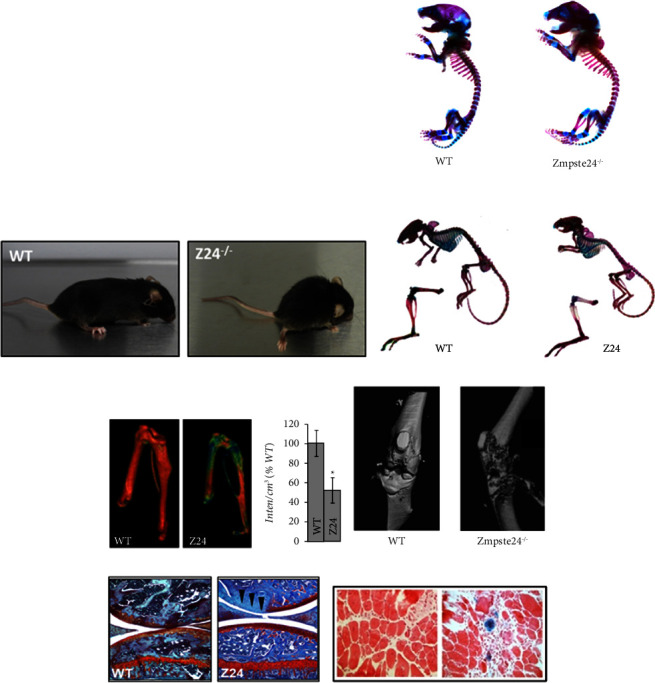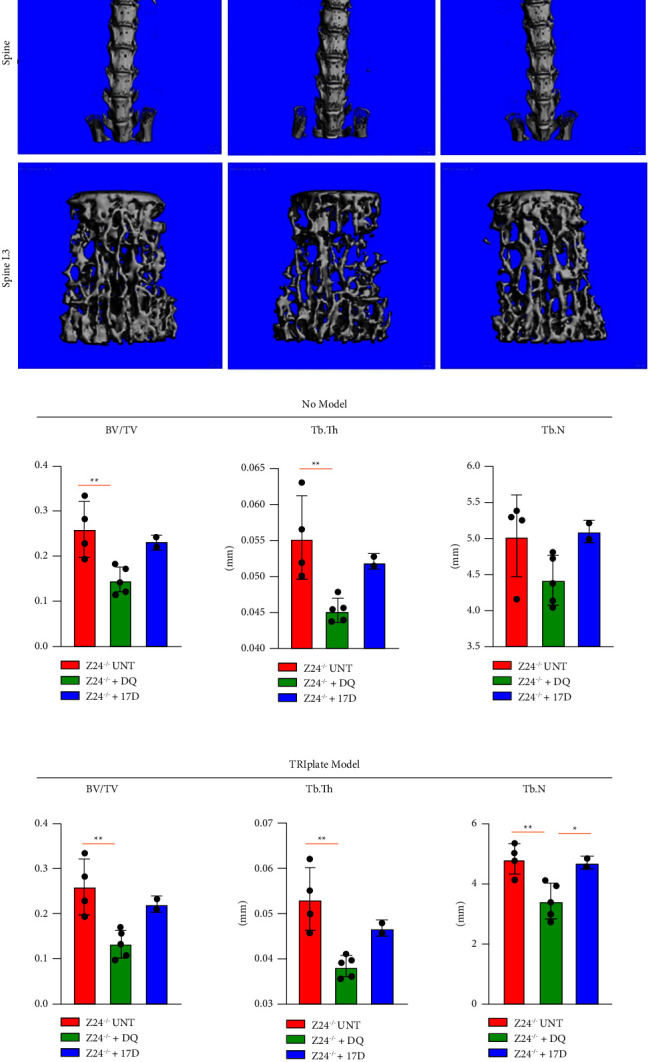The Senolytic Drug Fisetin Attenuates Bone Degeneration in the Zmpste24 -/- Progeria Mouse Model.
IF 3
Q3 ORTHOPEDICS
引用次数: 3
Abstract
Aging leads to several geriatric conditions including osteoporosis (OP) and associated frailty syndrome. Treatments for these conditions are limited and none target fundamental drivers of pathology, and thus identifying strategies to delay progressive loss of tissue homeostasis and functional reserve will significantly improve quality of life in elderly individuals. A fundamental property of aging is the accumulation of senescent cells. Senescence is a cell state defined by loss of proliferative capacity, resistance to apoptosis, and the release of a proinflammatory and anti-regenerative senescence-associated secretory phenotype (SASP). The accumulation of senescent cells and SASP factors is thought to significantly contribute to systemic aging. Senolytics—compounds which selectively target and kill senescent cells—have been characterized to target and inhibit anti-apoptotic pathways that are upregulated during senescence, which can elicit apoptosis in senescent cells and relieve SASP production. Senescent cells have been linked to several age-related pathologies including bone density loss and osteoarthritis in mice. Previous studies in murine models of OP have demonstrated that targeting senescent cells pharmacologically with senolytic drugs can reduce symptomology of the disease. Here, we demonstrate the efficacy of senolytic drugs (dasatinib, quercetin, and fisetin) to improve age-associated degeneration in bone using the Zmpste24−/− (Z24−/−) progeria murine system for Hutchinson–Gilford progeria syndrome (HGPS). We found that the combination of dasatinib plus quercetin could not significantly mitigate trabecular bone loss although fisetin administration could reduce bone density loss in the accelerated aging Z24−/− model. Furthermore, the overt bone density loss observed in the Z24−/− model reported herein highlights the Z24 model as a translational model to recapitulate alterations in bone density associated with advanced age. Consistent with the “geroscience hypothesis,” these data demonstrate the utility of targeting a fundamental driver of systemic aging (senescent cell accumulation) to alleviate a common condition with age, bone deterioration.



抗衰老药物非西汀在Zmpste24 -/-早衰小鼠模型中减轻骨退化。
衰老会导致几种老年疾病,包括骨质疏松症(OP)和相关的虚弱综合征。这些疾病的治疗是有限的,没有针对病理的基本驱动因素,因此确定延迟组织稳态和功能储备的进行性丧失的策略将显著提高老年人的生活质量。衰老的一个基本特性是衰老细胞的积累。衰老是一种细胞状态,由增殖能力的丧失、细胞凋亡的抵抗以及促炎和抗再生衰老相关分泌表型(SASP)的释放所定义。衰老细胞和SASP因子的积累被认为是系统性衰老的重要因素。senolytics是一种选择性靶向和杀死衰老细胞的化合物,其特点是靶向和抑制衰老过程中上调的抗凋亡通路,从而导致衰老细胞凋亡并减轻SASP的产生。衰老细胞与几种与年龄相关的疾病有关,包括小鼠的骨密度损失和骨关节炎。先前对小鼠OP模型的研究表明,用抗衰老药物从药理学上靶向衰老细胞可以减轻疾病的症状。在这里,我们通过使用Zmpste24-/- (Z24-/-)早衰小鼠系统治疗Hutchinson-Gilford早衰综合征(HGPS),证明了抗衰老药物(达沙替尼、槲皮素和非瑟酮)改善年龄相关骨变性的功效。我们发现达沙替尼联合槲皮素不能显著减轻小梁骨丢失,而非塞汀可以减少加速衰老Z24-/-模型的骨密度损失。此外,在本文报道的Z24-/-模型中观察到的明显的骨密度损失突出了Z24模型作为概括与老年相关的骨密度变化的翻译模型。与“老年科学假说”一致,这些数据证明了针对系统性衰老的基本驱动因素(衰老细胞积累)的效用,以减轻年龄带来的常见疾病,骨骼退化。
本文章由计算机程序翻译,如有差异,请以英文原文为准。
求助全文
约1分钟内获得全文
求助全文

 求助内容:
求助内容: 应助结果提醒方式:
应助结果提醒方式:


